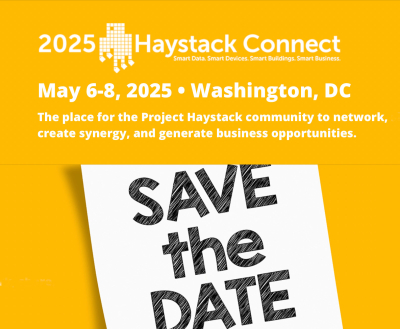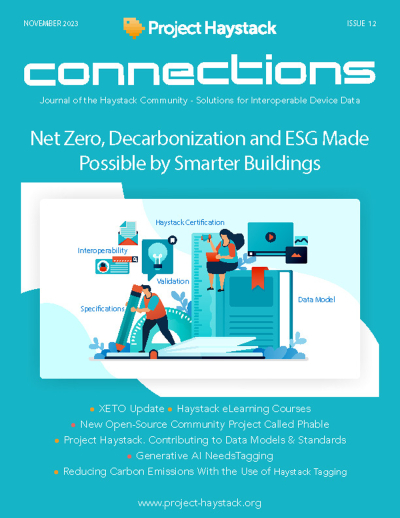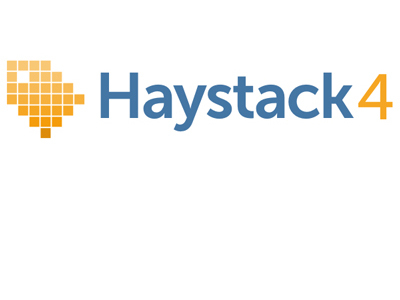CxEnergy 2024
April 29 - May 2, 2024
San Diego, California
Project Haystack is proud to be among the Supporting Organizations for this year's CxEnergy 2024 Commissioning, Energy Management & Building Technology Conference & Expo April 29-May 2 in San Diego, CA.
As per our agreement with CxEnergy, all Project Haystack Member receive a 10% discount on the registration fee with promo code SUPPORTING10. We encourage you to share this promo code with other members on social media, on calendar events, and in newsletters.
Project Haystack also receives ONE complimentary registration to CxEnergy with promo code SUPPORTING. So, this is first come, first serve!!! Note that additional registration is required for pre-conference CxA Workshop, EMP Seminar, TAB & Cx Seminar, or Golf Tournament.
More details available by clicking here.






